MS and Inflammation: Behind the Scenes

If you’ve ever searched for information on MS or any other health condition, you’ve undoubtedly come across the concept of “inflammation.” That’s because MS and inflammation go hand in hand. The word “inflammation” has even come to pervade day-to-day language, given that it’s a key feature of many symptoms and diseases of modern life. And MS is no exception.
But instead of seeing inflammation as a problem itself to be treated, inflammation needs to be understood for what it is: the immune system’s response to a perceived threat. In other words, its job is to protect us.
So let’s get into it. What is inflammation in the first place?
Understanding inflammation
In simple terms, inflammation is our body’s built-in mechanism to protect us from harm such as infections (like the cold and flu viruses) and injury (from paper cuts to car accidents). It’s the body’s way of calling in the immune system to deal with what’s unwanted and dangerous.,

You have had obvious encounters with inflammation throughout your life. Think back to a time when you accidentally cut your hand. As soon as the bleeding began, the immune system stepped in to begin the work of repair on that tear in your skin. Red and white blood cells, as well as chemical messengers, rushed to the scene to create the scaffolding to plug up and heal that cut.
You may have noticed that several hours to days later, the skin around the cut turned slightly swollen and painful as the immune system worked around the clock to heal that cut. If you paid very careful attention, you may have even noted that the skin was redder and warmer than the surrounding area. These are the hallmarks of inflammation in action.
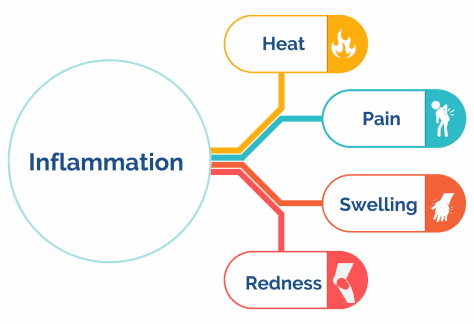
Acute Inflammation: Your Friend
When there’s a sudden injury or insult to the body, we call the immune system’s immediate response “acute inflammation.” Again, you may note swelling or see blood rush to heal an area. Acute inflammation also happens when we catch a virus, like the one causing the common cold.
This inflammation of a viral infection is not so visible, but you can no doubt think back to how that acute inflammation felt in your body the last time you were sick: lack of energy, sleepiness and grogginess, and all the other symptoms that go with a cold or flu.
Notice that in both scenarios, inflammation occurred only in relationship to the traumatic event or viral infection. And it was expected to die down once the body repaired the injury or the virus was cleared from the body.

In the case of acute inflammation, you might consider inflammation your friend. It’s trying to heal and protect the body.
Chronic Inflammation: Not Your Friend
It’s when inflammation becomes chronic, with no plan to shut off, that inflammation ceases to be so friendly. Chronic inflammation is what drives the body towards autoimmunity and MS. It has also been linked to heart disease, neurodegenerative disorders (where brain function deteriorates), cancer, and many other conditions.
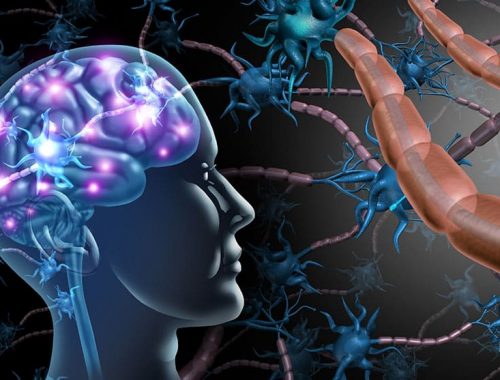
How do you know if chronic inflammation is at play?
If chronic inflammation sets in on an external body part, like a joint, you may note that your knee for example feels hot, swollen, painful, and looks red. But chronic inflammation can also be invisible to the naked eye, instead manifesting as:
- Fatigue
- Insomnia
- Mood disorders (anxiety and depression)
- Pain
- Loss of organ function
Unfortunately, chronic inflammation is often a silent process that happens in the background, without your awareness. Further, our lab technology is still not advanced enough to detect inflammation so you may experience chronic inflammation for months, even years, before noticing any of its symptoms.
This is why history-taking is so important (and why your doctor starts typing madly as soon as your clinic visit begins). You can aid in this process by tracking and monitoring your symptoms, writing any observations in your journal. Over time, you may see patterns emerge. As you evaluate your symptoms through the lens of inflammation and identify “cause and effect” patterns, you can begin the work of resolving the underlying causes of inflammation.
While chronic inflammation is important to address, it’s worth noting that the aim is not to eliminate inflammation completely. As we discussed earlier, inflammation is an essential, life-saving process. Having a low level, balanced amount is the ultimate goal.
When it comes to inflammation, think Goldilocks:
Not too much. Not too little.
Consider this real-life example: Steroid medications are a very effective tool to turn off inflammation. While a person with significant pain or an MS exacerbation can no doubt benefit from these often life-saving medications, eliminating inflammation longer than necessary does pose risks to the body. Without the ability to create inflammation, the body is left vulnerable to infections. This explains why immunosuppressed people are at higher risk of viral and bacterial infections, with higher rates of complications.
Inflammation and MS
As I shared above, chronic inflammation and autoimmunity are connected [1]. So if you live with multiple sclerosis, you are likely no stranger to the concept of inflammation.
Multiple sclerosis results when the immune system attacks myelin, the protective covering of nerves found throughout the brain and spinal cord. Why does the immune system attack the body’s own tissues? Because it has become dysregulated and forgotten the rules. Rather than reserving its defenses for foreign invaders, the immune system erroneously attacks “self.” Although the exact cause of multiple sclerosis is not clear, inflammation is a key player in this process.
How the 5 lifestyle strategies can help manage inflammation
While your experience of MS symptoms is unique to you, inflammation is a common factor among us all. A dysfunctional inflammatory response has been pinpointed as a potential trigger and contributing factor to the progression of autoimmune conditions like MS. Healing this response could be just what our immune systems need!
The good news is that we can manage inflammation through our lifestyle choices. This may sound simplistic or like soft medicine, but there is no mistaking the power of lifestyle choices when it comes to setting inflammation back in its place.
How do I know that? In my clinical practice at Stanford and now in my Live Well with MS foundations program, I witness people decrease inflammation all the time, after applying even just ONE of the five strategies below. This is because each of these five tools on its own is a powerful tool to bring balance to the body at the cellular level, allowing the immune system to reset and restore.
Using lifestyle habits in concert with your neurological care
is the MOST powerful medicine to treat MS.
Using lifestyle habits in concert with your neurological care is the MOST powerful medicine to treat MS:
Nutrition
How it works: A broad range of scientific literature has demonstrated the significant role of nutrition on the body’s inflammatory response. Consuming food that is full of anti-inflammatory molecules is a signal to our cells and DNA to shut down inflammatory pathways and move towards the production of anti-inflammatory molecules.
Nutrition Action Step: Eat a plant-based diet rich in anti-inflammatory compounds (such as phytonutrients), as well as nutrients like vitamins, minerals, and healthy fats like omega-3-6-9, to provide the building blocks needed to restore your immune system and accelerate your ability to heal.


Sleep
How it works: Think of sleep as cooling, anti-inflammatory medicine. The immune system and sleep system are in constant communication with one another. So when sleep is inadequate or disrupted, the immune system perceives this as a danger signal and revs up its inflammatory fdefenses. The good news is this works in reverse as well. Restorative sleep tells the immune system to calm down and stop creating inflammation [2].
Sleep Action Step: Promote deep, restorative sleep by building and using a solid bedtime routine. Also think about how you can change activities and behaviors that get in the way of good sleep, like drinking stimulants such as coffee or using screens with blue light too late in the day.
Stress Management
How it works: Stress, whether physical or emotional, activates the fight-or-flight response of the nervous system. This is perceived as a danger signal by the immune system, whose next move is to create inflammation. As long as this “danger signal” of stress persists, so will inflammation.
Action step: The first step is to think about which stressors in your life can be minimized or eliminated. Next, commit to building skills to better manage stress and improve your resilience. Perhaps you choose a simple relaxation activity and commit to doing it daily for 30 days to start building a habit. Keep it simple. Even one minute a day of consciously taking deep breaths will make a powerful difference over time (and you’ll inevitably want to extend it once you start feeling the effects!)


Movement and Exercise
How it works: Exercise has powerful health-promoting effects on all body systems and mood, not to mention that it is a powerful stress buster. A 2020 study revealed that exercise releases IL6, an anti-inflammatory chemical messenger of the immune system. Exercise even plays a role in creating a healthier gut microbiome [3]. For all these reasons, movement and exercise are a must for any anti-inflammatory protocol.
Action step: If you have been sedentary for a while, the single best thing you can do is get moving again. Taking a short walk daily or using resistance bands while seated will have a big impact on your physical and emotional wellbeing. Alternatively, pick a type of movement you love and start devoting more time to it during your day. As with anything, start small, be kind to yourself, and don’t worry about how long you do it. The point is to get moving!
Toxins
How it works: Countless scientific studies characterize the role of man-made toxins in chronic disease and inflammation. MS is no exception. Exposure to heavy metals, volatile organic compounds (VOCs), and resins have been linked to higher rates of MS [4, 5]. If you are surrounded by toxins in your household or job, your immune system may be taking a hit. If as a result of these exposures inflammation is indeed being created, your immune system may be heading toward greater autoimmunity.
Action step: Learn where toxins lurk in your home and workplace and how to minimize your exposures. A good first step is to start buying organic food, not treated with pesticides, as much as possible. From there, start to reduce toxins in your household by choosing less toxic cleaning and personal care products. The Environmental Working Group (EWG) is a wonderful resource to guide your choices in an informed manner. Also our online shop contains non-toxic products vetted by myself.
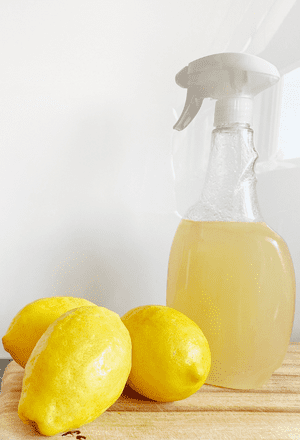
Take Home Points
Inflammation is a hot topic when it comes to dealing with a chronic autoimmune condition like MS. It is a central feature of so many chronic diseases that if we can figure out how to get ahead of it, our health will be better off.
Based on all that we discussed, the KEY TAKEAWAYS are:
- Factors that increase inflammation increase the risk of autoimmunity and MS
- Inflammation needs to be better regulated but not eliminated entirely.
- Readily available lifestyle tools are your most powerful approach to putting inflammation back in its place.
So knowing what you now know, what’s ONE THING you will do to start reducing inflammation? Let me know in the comments below!
Citations:
- Voet S, Prinz M, van Loo G. Microglia in Central Nervous System Inflammation and Multiple Sclerosis Pathology. Trends Mol Med. 2019;25(2):112-123. doi:10.1016/j.molmed.2018.11.005
- Besedovsky L, Lange T, Haack M. The Sleep-Immune Crosstalk in Health and Disease. Physiol Rev. 2019;99(3):1325-1380. doi:10.1152/physrev.00010.2018
- Metsios GS, Moe RH, Kitas GD. Exercise and inflammation. Best Pract Res Clin Rheumatol. 2020;34(2):101504. doi:10.1016/j.berh.2020.101504
- Oddone, O. E., et al. “267 Occupation and Multiple Sclerosis: an Italian case-control study.” Occupational and Environmental Medicine 70.Suppl 1 (2013): A91-A91.
- Hachim MY, Elemam NM, Maghazachi AA. The Beneficial and Debilitating Effects of Environmental and Microbial Toxins, Drugs, Organic Solvents and Heavy Metals on the Onset and Progression of Multiple Sclerosis. Toxins (Basel). 2019;11(3):147. Published 2019 Mar 5. doi:10.3390/toxins11030147
Do you want to deepen your health journey?
Check out our "Live Well with MS" foundations program
Learn the details and get coaching support on implementation
alongside a growth-minded community of people living with MS.

Toxins
How it works: Countless scientific studies characterize the role of man-made toxins in chronic disease and inflammation. MS is no exception; exposure to heavy metals, volatile organic compounds (VOCs), and resins have been linked to higher rates of MS [4, 5]. If you are surrounded by toxins in your household or job, your immune system may be taking a hit. If as a result of these exposures inflammation is indeed being created, your immune system may be heading toward greater autoimmunity.
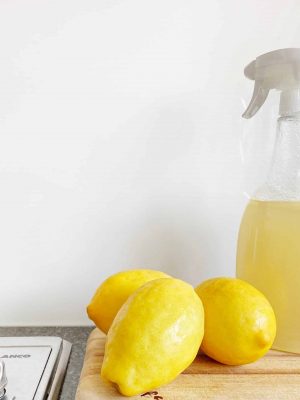
Nutrition
How it works: A broad range of scientific literature has demonstrated the significant role of dietary choices on the body’s inflammatory response. Consuming food that is full of anti-inflammatory molecules is a signal to our cells and DNA to shut down inflammatory pathways and move towards the production of anti-inflammatory molecules.

Action step: Eat a plant-based diet rich in anti-inflammatory compounds (such as phytonutrients), as well as nutrients like vitamins, minerals, and healthy fats like omega-3-6-9, to provide the ingredients needed to restore our immune system and accelerate our ability to heal.
Nutrition Action Step: Eat a plant-based diet rich in anti-inflammatory compounds (such as phytonutrients), as well as nutrients like vitamins, minerals, and healthy fats like omega-3-6-9, to provide the ingredients needed to restore our immune system and accelerate our ability to heal.

Sleep
How it works: Think of sleep as cooling, anti-inflammatory medicine. The immune system and sleep system are in constant communication with one another. So when sleep is inadequate or disrupted, the immune system perceives this as a danger signal and revs up its inflammatory capacities. The good news is this works in reverse as well. Restorative sleep tells the immune system to calm down and stop creating so much inflammation [2].
Action step: Prioritize deep, restorative sleep by building and using a solid bedtime routine. Also think about how you can change activities and behaviors that get in the way of good sleep, like drinking stimulants like coffee or using screens with blue light too late in the day.
Sleep Action Step: Prioritize deep, restorative sleep by building and using a solid bedtime routine. Also think about how you can change activities and behaviors that get in the way of good sleep, like drinking stimulants like coffee or using screens with blue light too late in the day.
Stress Management
How it works: Stress, whether physical or emotional, activates the fight-or-flight response of the nervous system. This is perceived as a danger signal by the immune system, whose next move is to create inflammation. As long as this “danger signal” of stress persists, so will inflammation.

Action step: The first step is to think about the stressors in your life and determine which can be minimized or eliminated. Next, commit to building skills to better manage stress and improve your resilience. Perhaps you choose one relaxation activity and commit to doing it daily for 30 days to start building a habit. Keep it simple. Even five minutes a day of consciously taking deep breaths will make a powerful difference over time (and you’ll inevitably want to extend it once you start feeling the effects!)
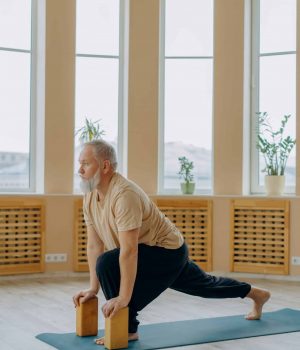
Movement and Exercise
How it works: Exercise has powerful health-promoting effects on all body systems and mood, not to mention that it is a powerful stress buster. A 2020 study revealed that exercise releases IL6, an anti-inflammatory chemical messenger of the immune system. Exercise even plays a role in creating a healthier gut microbiome [3]. So for all these reasons, movement and exercise are a must for any anti-inflammatory protocol.
Action step: If you have been sedentary for a while, the single best thing you can do is get moving again. Taking a short walk daily or using resistance bands while seated will have a big impact on your physical and emotional wellbeing. Alternatively, pick a type of movement you love and start devoting more time to it during your day. As with anything, start small, be kind to yourself, and don’t worry about how long you do itr. The point is to get moving!
Toxins
How it works: Countless scientific studies characterize the role of man-made toxins in chronic disease and inflammation. MS is no exception; exposure to heavy metals, volatile organic compounds (VOCs), and resins have been linked to higher rates of MS [4, 5]. If you are surrounded by toxins in your household or job, your immune system may be taking a hit. If as a result of these exposures inflammation is indeed being created, your immune system may be heading toward greater autoimmunity.

Action step: Learn where toxins lurk and how to minimize your exposure. A good first step is to start buying organic food, untreated with pesticides, as much as possible. From there, start to reduce the toxins in your household by choosing less toxic cleaning and personal care products. The Environmental Working Group (EWG) website is a wonderful resource to guide your choices in an informed manner. Also our online shop contains non-toxic products vetted by myself.
- Feel more weakness or changes in sensation in our arms and legs
- Our vision may be affected
- Fatigue can worsen
- Increased pain
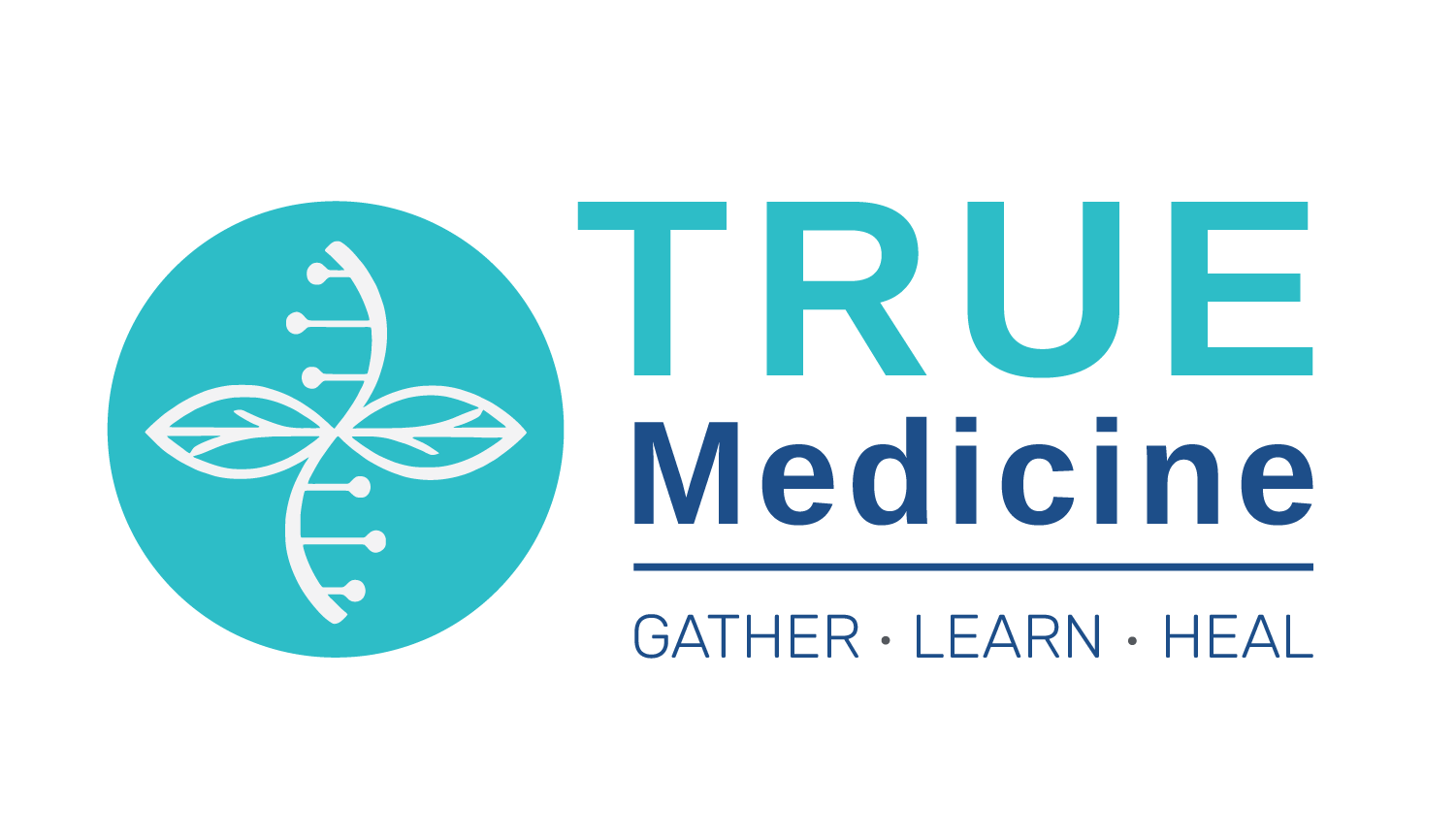
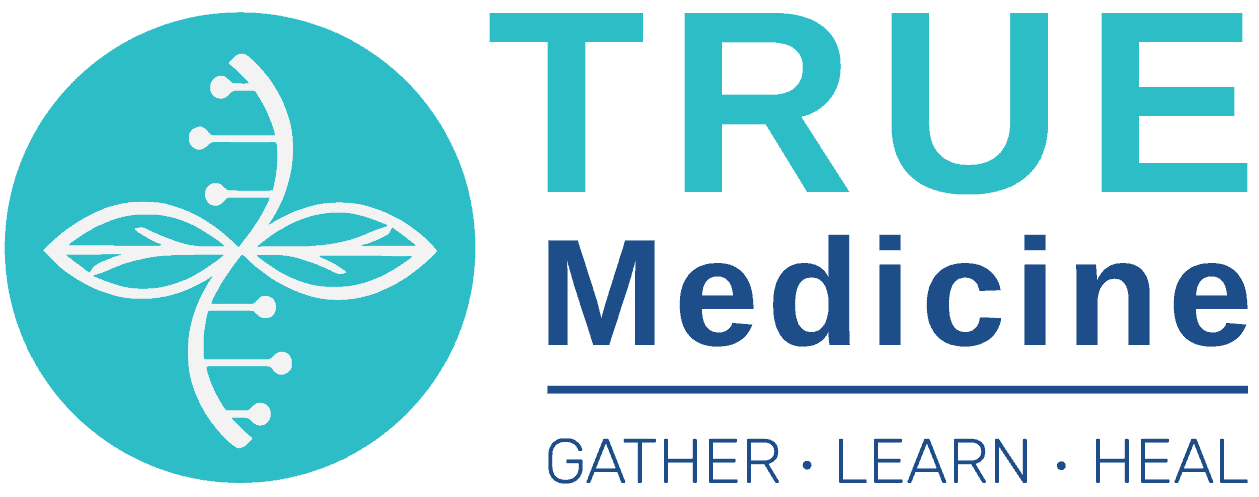
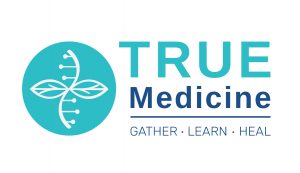
Responses